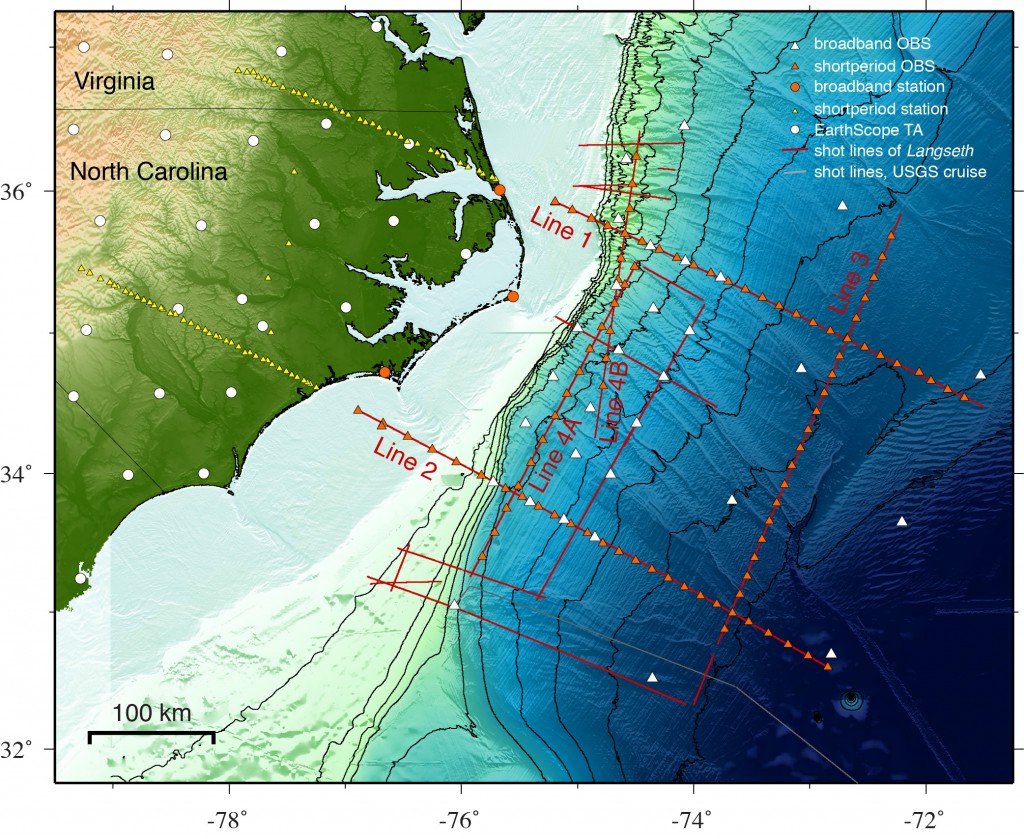All,
Please consider attending the 2015 Interior of the Earth Gordon Research Conference (June 7-12) and Gordon Research Seminar (June 6-7), both at Mt. Holyoke College, MA USA. This year’s Gordon Research Conference has the theme “Surface Connections. As always, the GRC will include presentations on contemporary topics of interest from those actively engaged in new research and will facilitate extensive discussion after talks. A summary of sessions, session chairs, and speakers is below. A more detailed program is available online.
Further, please encourage post-docs and graduate students (and very junior research scientists/faculty) to consider attending the Interior of the Earth Gordon Research Seminar that immediately precedes the GRC.
The seminar, chaired by Heather Ford (Yale University), is meant for graduate students, post-docs, and very junior faculty or research scientists . It as the theme “The Structure, Properties and Evolution of Plate Boundaries’ and will include chiefly sessions contributed from attendees, with one keynote address from a senior researcher. The GRS will also include a career mentorship component on the subject of communication in the earth sciences. Normally those who attend the GRS also attend the GRC.
The registration deadline is May 9, 2015 for both the Conference and the Seminar. Those wishing to contribute talks to the Gordon Research Seminar need to submit abstracts before March 6, 2015.
To register for the Gordon Research Conference, use the link.
To Register for the Gordon Research Seminar, use the link.
These are also places to find updates to the conference and seminar schedules.
Please also encourage your colleagues, post-docs, and graduate students to attend the GRC and GRS.
We expect to have significant support to defray costs for grad students and post-docs, although the proposal to fund the meeting at NSF is still pending and so we do not at this time know our budget. A flyer for the Conference and Seminar is attached.
Marc Hirschmann – Conference Chair
Ed Garnero – Conference Co-Chair
Heather Ford – GRS Chair
Gordon Research Conference Program (Session Chairs are in Italics):
1. Rifting and the tectonics of passive margins
Cindy Ebinger, Tim Minshull, Jolante van Wijk
2. Volcanoes: Mass, energy, and information from the crust and mantle
Kari Cooper, Joe Dufek, Terry Plank, Diana Roman
3. Subduction: fluids, and melts
Craig Manning Ronit Kessel, Marc Spiegelman
4. Deep Earth Volatile Cycles
Rajdeep Dasgupta Pierre Cartigny Dan Frost, Anne Pommier
5. Upper Mantle Seismic Discontinuities:
melts/volatiles/phase transitions/anisotropy?
Don Forsyth, Nick Schmerr, Yasuko Takei
6. Origin of plate tectonics
Bob Stern, Taras Geryas, Mark Harrison, Joreon van Hunen
7. Structure and Evolution of the Continental Lithosphere
Karen Fischer, Whitney Behr, Rob van der Hilst
8. From Grains to Plates
Laurent Montesi, Julie Castillo-Rogez, Lars Hansen, Andrea Tomassi
9 . New Voices/Unresolved Questions
Louise Kellogg, Selected GRS Presenters, Roberta Rudnick

